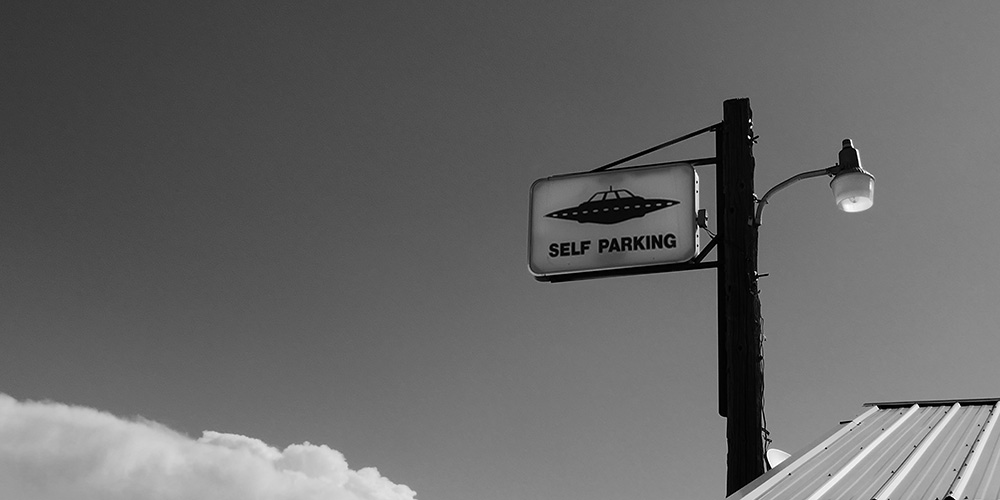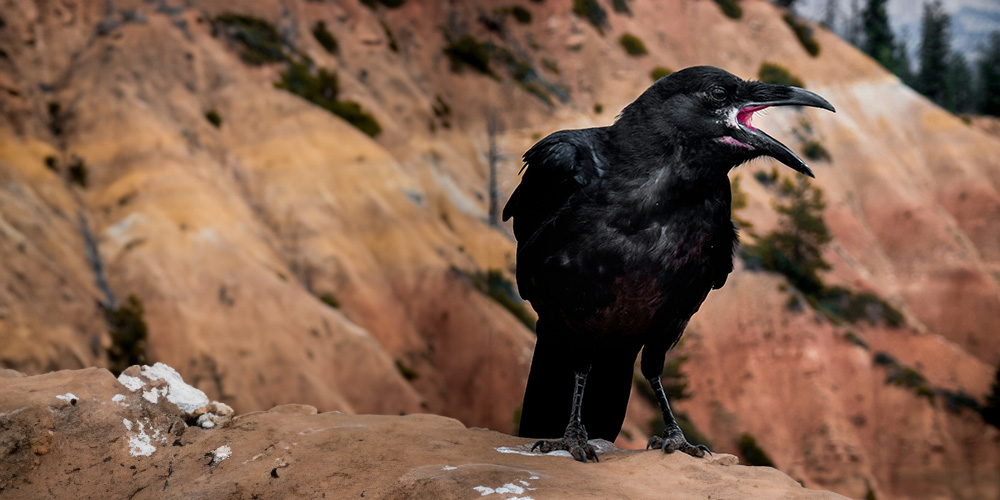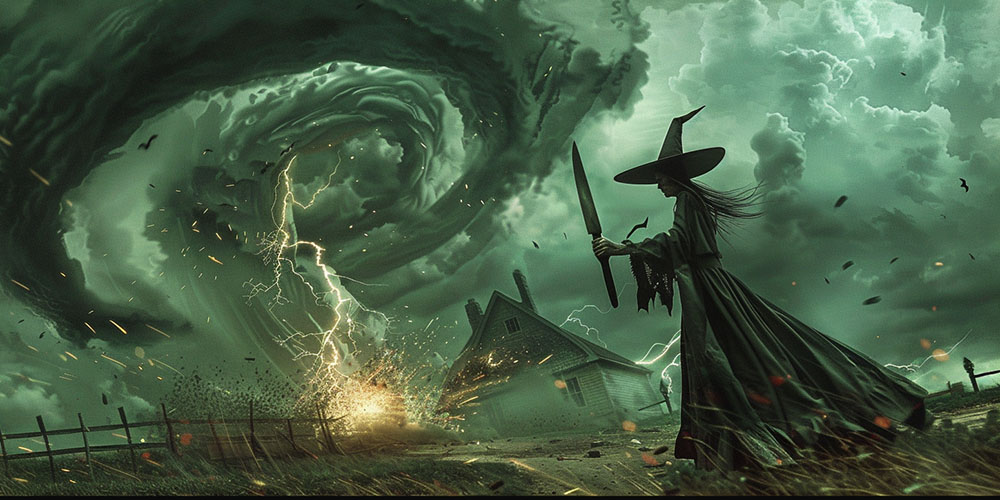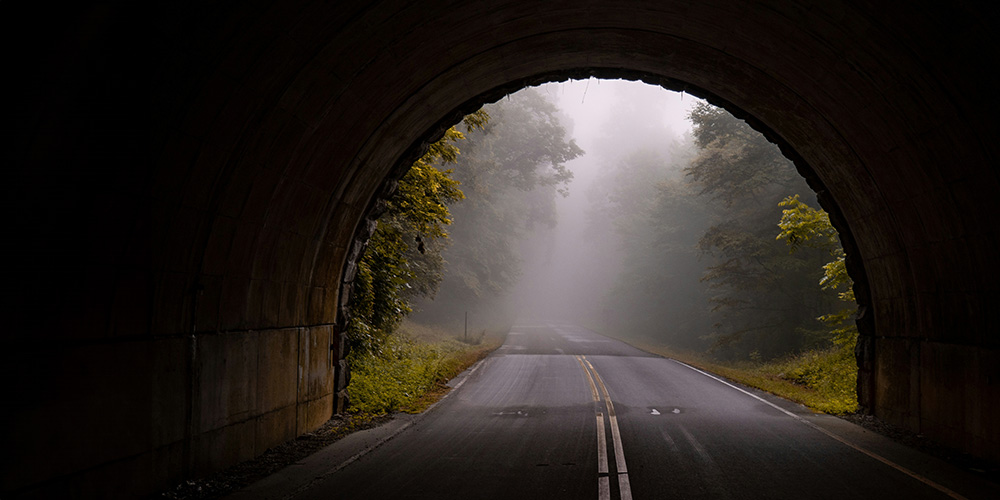The Extraterrestrial Within: A Soul’s Journey From Outer Space

What does it mean to be human? What if your soul originated from somewhere…extraterrestrial? Could you tune in to otherworldly frequencies?
The Man With The Haunted Pen

Garrett Garland, author of To Never See Heaven, talks about his experiences with the paranormal
No Caws for Alarm: Metaphysical Crows and Ravens

Crow intelligence, behavior, and spookiness inspires folklore, magic, & divination techniques.
Live by the Signs: Weather Magic

A fascinating discussion with Debra Burris on the intersection of science, magic, and lore in regards to weather.
All the Haints in Asheville

The Asheville Village Witch’s personal ghost stories, field magic hacks, and the Lost Sea of Appalachia.
What Story Does Your Website Tell?

Marketing storytelling with your macabre ghost story team.
The Devil Gets His Due in Michigan

An Upper Peninsula boy finds a book of real witchcraft which escalates into a demonic ritual of horror.
Irish Ghost Stories and Premonitions of Death

Kelly’s dad told her Irish ghost stories her whole life, but she didn’t expect to live one when his came to an end.
Culture is a Ghost with Unfinished Business

During a moment of hysterical creativity within chronic depression, Cat scrawled an idea for a self-help Poe biography on a napkin.
